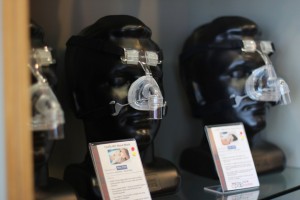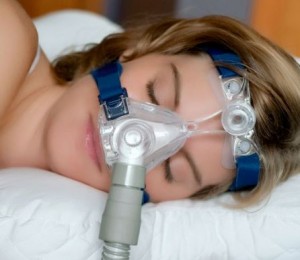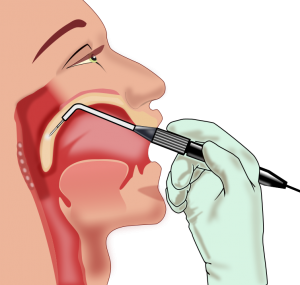Surgery for Sleep Apnea: What You Need to Know
Morning headaches, snoring and excessive sleepiness during daytime are all symptoms of an obstructive sleep apnea. It is a disorder wherein a person temporarily stops breathing at night and these gaps in breathing are so called apneas. People at risk on this sleep disorder are overweight, smokers and alcohol drinker. Males and those who reached over 40 years old are commonly affected by this condition.
By getting a deeper understanding of these problems, you can fairly determine whether you need to undergo surgery for sleep apnea or not. In addition, evaluation of these conditions will help the doctor as to which type of surgery is suitable for you.
When should you consider going through surgery?
Surgery for sleep apnea is usually recommended for very severe cases of sleep apnea. It can be considered as the last and feasible option at times when the patient has been through using breathing devices such as positive airway pressure therapy or has already used sleep apnea mouth guard but the problem still persists. Some patients may also look at noninvasive treatment options intolerable; therefore, surgical treatments may be advised.
What are the different types of surgery available?
For patients looking for the best surgical option for their condition, here are the different methods that doctors usually recommend to sleep apnea and other sleep disorder sufferers:
- Uvulopalatopharyngoplasty – Abbreviated as UPPP, this surgery for sleep apnea involves elimination of the tonsils (if they still exist) and subsequently, a palatal procedure is performed. Afterwards, the pillars of the tonsils are stitched to close and the uvula or the fleshy part that extends at the back of the palate above the throat is cut, trimmed, folded or stitched securely at the soft palate. For more advanced facilities, the procedure is assisted with laser surgery for sleep apnea with the aim to give patients a less invasive surgical treatment.
- Hyoid suspension – This throat surgery for sleep apnea is done with the aim to give more room for breathing on the lower section of the throat. In this procedure, the U-shaped hyoid bone is drawn forward and secured in place. This hyoid bone is where the tongue and other parts of the throat are attached.
- Radiofrequency tissue reduction – The procedure is normally advised to patients with mild to moderate sleep disorders. It is done by performing cauterization, a method that tightens and shrinks the throat’s tissues and the parts around it. Usually, it is utilized in the tongue, soft palate, and tongue.
- Genioglossus advancement – As you sleep, the tongue moves backward; thus obstructing the space where air passes from the throat. To correct the problem, this jaw surgery for sleep apnea makes use of a tongue attachment, which pulls it forward. This also involves a cut in the lower jaw, wherein the bone is pulled forward to give more space for breathing as the patient sleeps.
- Lingualplasty – The surgery is done by trimming some of the back part of the tongue. By making the tongue smaller, airway blockage is assisted in patients suffering from sleep apnea.
- Pillar Palatal Implant – This is a noninvasive type of surgical treatment used for patients with mild-to-moderate sleep apnea. The main focus of this procedure however is to reduce snoring. The physician inserts 3 short pieces of polyster string into the soft palate reducing its vibration and movement. This procedure only takes about 10 minutes and can be done right from your doctor’s office.
Conclusion
There are several methods on surgical treatment for severe cases of sleep apnea that you can try. Inevitably, there are risks in every option presented. Thus, it is always best to consult your doctor to know which works best for you.



